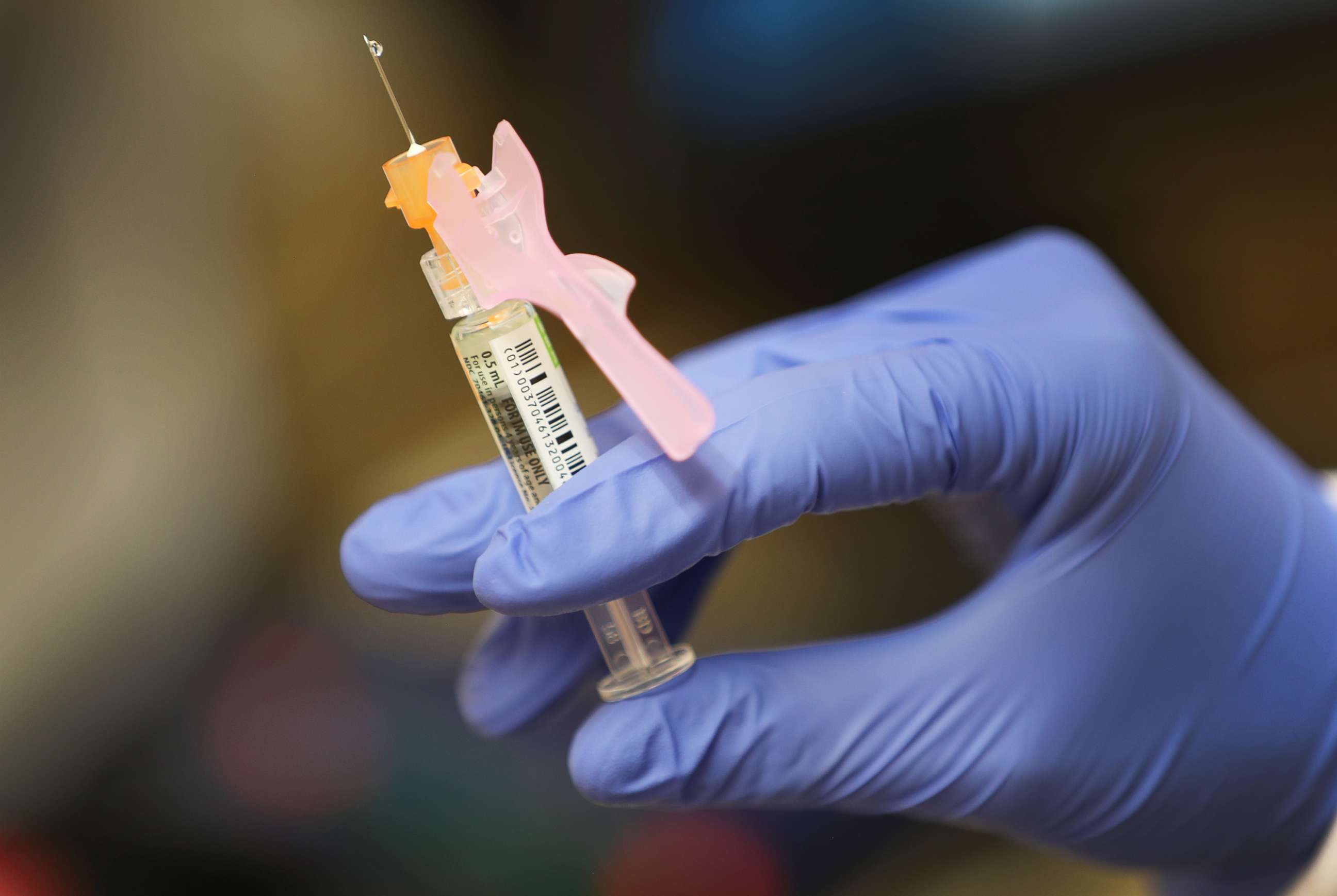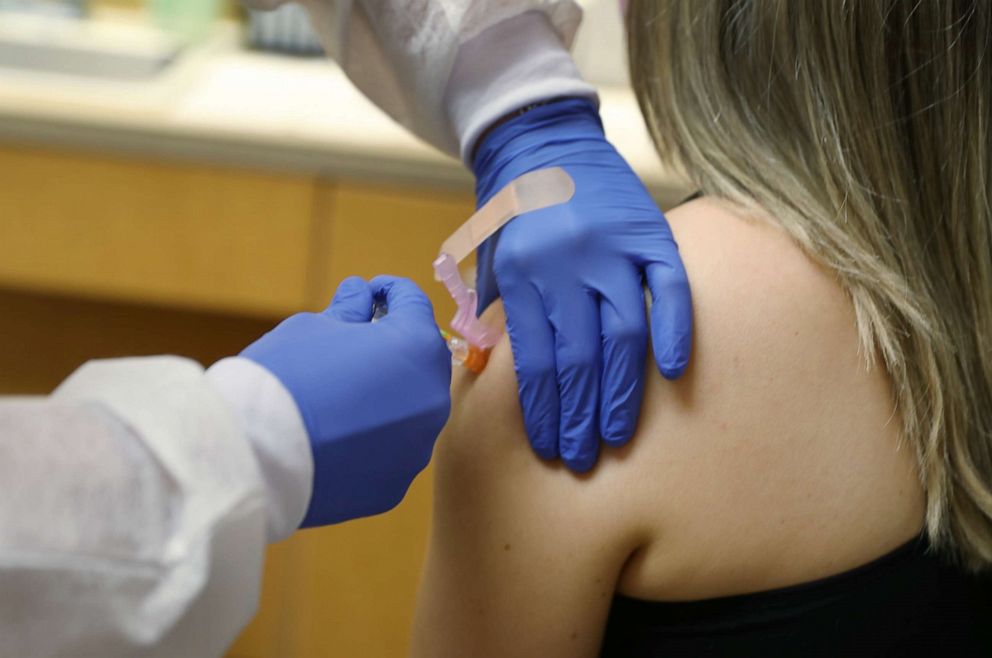Best bet to beat COVID-19 this fall? Flu shots
Not unlike the Titanic, America's health care system nears an inflection point.
Imagine a 50-year-old woman with uncontrolled diabetes walks into the emergency department with cough, fever and difficulty breathing. Two minutes later, a 75-year-old healthy woman walks into the same emergency department with the same symptoms. They both urgently need a ventilator to stay alive, with pus and fluid filling their lungs, but there is only one left in the city. Do you pick the older, healthier patient or the younger, sicker one?
As a front-line physician in California, we almost reached this tipping point battling the novel coronavirus. Staff shortages were mounting, so we marshaled a Department of Defense military team of two dozen doctors and nurses to staff our largest safety-net hospitals in Los Angeles: Harbor-UCLA and USC-LAC. At one point, we had fewer than 100 adult ICU beds staffed and unoccupied for America's largest county, some 10 million people. We were not alone. America's fourth-largest city, Houston, nearly ran out of ICU beds. Montgomery, Alabama's second-largest city, did run out of ICU beds.
Now enter the flu. As most doctors will tell you, hospitals approach peak capacity every year during flu season. I know this because I'm one of those doctors. What would have happened if flu season took place during this summer's COVID surge?

As scientists worldwide race for a vaccine, there's another way we can beat COVID-19: It's called the flu shot. And it's our best chance against the nightmarish "worst fall" in public health history, as warned by officials from the Centers for Disease Control and Prevention.
This is the most important flu shot of the century.
Just last week, AstraZeneca's coronavirus vaccine was put on hold temporarily after a volunteer's unexplained illness. Yet, for the vaccine we do have, fewer than half of U.S. adults get the flu shot every year. To make matters worse, U.S. hospital bed capacity has decreased by nearly 40% over the last 40 years, which leaves us with 300,000 available on any given day. Sound like a lot? Last year, there were an estimated 500,000 hospitalizations for the flu.
There is a climactic scene in the movie Titanic where the captain asks the chief engineer if the ship will sink after hitting an iceberg. The chief engineer realizes that if ocean water is contained to just the first four bottom cabins, the ship can make it across the Atlantic. However, if the fifth cabin floods, it's a "mathematical certainty" the Titanic will sink. That's the inflection point, where the death toll rises exponentially -- most on the ship will die. The fifth cabin filled.
The U.S. health care system also has an inflection point. It's a finite system, with a defined number of beds, ventilators, nurses and doctors. We've watched on TV with shock and horror as doctors in Italy were anguished over choosing who lives and dies.
Consider this: Italy has more beds per capita than the United States.
Are we next? What if the 75-year old was your grandma, and the 50-year-old was your mother: Who would you pick for your last ventilator?

Yet, it doesn't need to be this way. It is within our power to change the course of history: If we improved flu shot rates by just 5%, the CDC estimates we would avoid nearly 483,000 flu infections. That extra 5% is the most measurable impact we can have on COVID right now. Because it maintains enough crucial resources for basic medical necessities, which actually save the most lives: a bed with oxygen for any hospitalized patient, a ventilator for anyone with respiratory distress, life-saving steroid treatments for $1.10 a pill and doctors and nurses, equipped with 50-cent N95 masks, attentive to any change in patient condition.
The moment any of these precious resources become scarce, deaths could spiral out of control. Already, more than 190,000 are dead. Social distancing, mask-wearing and herd immunity all may work to keep COVID in check, but why take additional risks when the only certainty is uncertainty?
One thing we can unleash on this global pandemic right now is our body's ability to beat the flu. This fall, the single best intervention to protect us from COVID is the flu shot. It keeps our fifth cabin from filling, and taking down the entire U.S. health care system with it.
Dr. Atul Nakhasi is a physician from the LA Surge Hospital and a policy adviser for the LA County Department of Health Services, the nation's second-largest public health system.